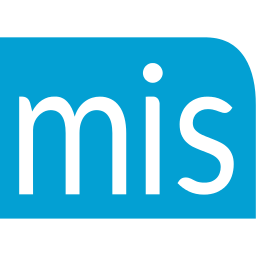
Less is more.
Instead of opening your calls like:
“Oh hi, this is _______ _______ with ________ and my company, XYZ, is a leader in national and international shipping and freight services with offices in the top metropolitan cities across the world. We offer one of the lowest overall freight charges on transportation, and also on packaging and supplies. We’re going to have a representative in your city next week and we’d love to stop by to share some information with you and learn more about your business to see how we can help save you money and time as well. Would you be available next Wednesday at 2pm or would Thursday at 4pm be better?”
I was worn out after the first sentence!
Rather than break down what’s wrong with this opening (how about everything?), I’m going to give you two rules for developing an effective elevator pitch and then some examples that you can plug your product or service into.
Here are the two rules:
- Make it brief – one sentence is best, two short ones if absolutely necessary.
- Focus on the direct benefits to your specific type of customer.
Remember, this is an “elevator pitch” designed to inform and grab interest in a prospect during the time you’re in an elevator together (or during that crucial 20 seconds you’ve got on the phone). Try working with the examples below:
Elevator pitch example #1:
“ ________, we help small business owners save on average 20% on their shipping costs while also increasing their efficiency and tracking. To see how we can help you, I’d like to schedule a brief, 10-minute meeting next week…”
Elevator pitch example #2:
“ __________, we make inside sales teams as much as 33% more productive by providing them with a best practice approach that helps them cold call more effectively and close more qualified prospects. This means an immediate bump in revenue and profits often within the first 30 days…”
Elevator pitch example #3:
“ _______, the ABC company gives homeowners complete peace of mind by eliminating routine maintenance costs and insuring against unexpected expenses. I’ve got just two questions to see which of our plans might work for you….”
Elevator pitch example #4:
“ ________, our motto is: “A guaranteed comfortable night’s sleep or your money back.” Now, have you ever tried this luxury brand of mattress before?”
Elevator pitch example #5:
“ _________, at Tracks Advertising, our small business clients get the most comprehensive online exposure, the certified highest traffic and the most qualified leads in the industry—all at the guaranteed lowest rates. Where are you currently advertising online now?”
As you can see by the above elevator pitches, not only are they short and focused on the benefits to a specific customer “small business owner” or “homeowner,” but they often end with a qualifying question, “have you ever tried,” and “where are you currently advertising online now?”
By ending with a qualifying question, you are not only engaging your prospect, but you’re also learning about their buying motives and uncovering their level of interest as well.
Take some time now to develop your own, concise and compelling elevator pitch and then replace your monologue with a more effective opening. Your customers (and your bank account) will thank you for it!
Need More Proven Responses to the Selling Situations You Face Every Day?
ON DEMAND SALES TRAINING THAT GETS RESULTS!
If your team is struggling with call reluctance and is tired of the endless rejection they face, then get instant access to our On Demand training today. We provide the exact talk tracks, templates, and proven tools your team will be motivated to apply, all structured around an award winning comprehensive inside sales approach that gives your team the confidence to succeed in every selling situation they face today.
Unlimited License: One to 100 reps can attend for one low price!
Perfect for reps dealing with the following issues:
- Reps struggling with call reluctance
- Getting screened out by the gatekeeper
- Overcoming blow off objections like, “Just email me something”
- Identifying decision makers
- Qualifying prospects
- Setting call back appointments that stick
- Giving successful presentations and dealing with objections
- Staying motivated
